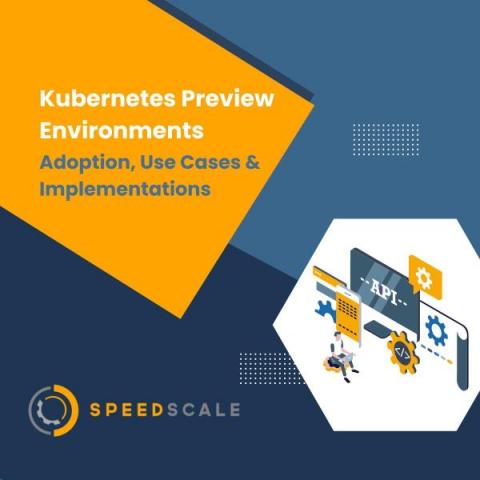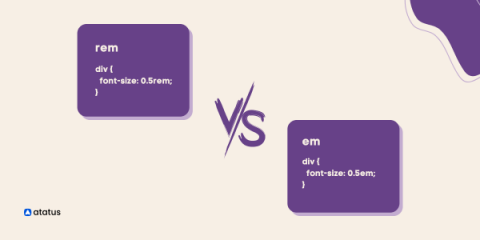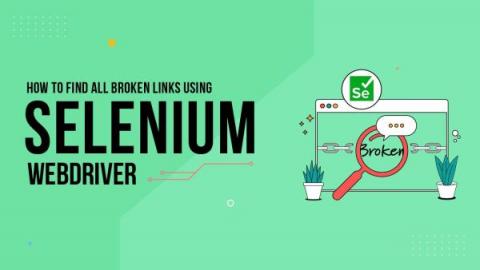Systems | Development | Analytics | API | Testing
Latest Posts
As layoffs hit tech, crowdsourced QA testing shows a way forward
Kubernetes Preview Environments - Adoption, Use Cases & Implementations
No matter what application you're building and who your target customers are, everyone can agree that it's critical to avoid broken deployments. To aid in this goal, many tools and concepts have been invented, with Kubernetes preview environments being one of them. In this post, you'll get a deeper understanding of how preview environments work, how organizations are using them, and how you can get started yourself. But to put it simply: preview environments allow teams to deploy a version of their applications during the development process, interacting with it as if it was deployed in production.
The ultimate live chat features list (with examples)
Customer experience is changing. Research from Merkle shows that customer loyalty increasingly relies on an emotional connection, with frictionless interactions a core requirement. This means that the days of strictly regimented, one-off customer contacts are over. Instead, customers today expect an ongoing relationship with the brands they trust. Done well, live chat can be the ideal way to provide that ongoing connection.
rem vs em: Understanding the CSS Unit Basics
CSS is the most important component of modern web design, but implying it effectively can be tricky. One of the most noteworthy concepts to grasp in CSS is the distinction between rem and em. Web developers who want to create flexible and responsive web pages must contemplate the differences between these two units. One of the primary distinctions between rem and em is that an em unit is relative to the font size of its parent element, whereas a rem unit is always relative to the root font size.
Exploratory testing strategies for QA teams
Exploratory testing is a software testing strategy that depends on the inventiveness of the tester. This testing method is flexible, creative, and simple and requires little documentation or training. Using exploratory testing strategies helps QA teams to prevent gaps in the software that’s left unnoticed with predefined testing. Exploratory testing helps QA teams in different ways, such as faster bug detection, improved team collaboration, and overall achieving better results.
The State of Mobile App Development in 2022
As part of the annual Bitrise State of Mobile App Development report, Bitrise compiles the most significant mobile app development takeaways from the year's data. Let's take a look at this year's State of Mobile App Development in 2022 Report.
How to Create Actionable Test Management Reports
Software tests are essential to prevent bugs and create robust user experiences. But building and managing these tests presents its own challenges that often fly under the radar. Fortunately, test management reports can provide visibility into test coverage and performance, making it easier to identify problem areas and ensure test suites run smoothly. This article will explore the different types of test management reports and how to make them valuable and actionable.
How to Find Broken links using Selenium Webdriver
When you encounter 404/Page Not Found/Dead Hyperlinks on a website, what do you think of it? You would find it irritating to encounter broken links, so you should continuously concentrate on eliminating their presence in your web product (or website). The rankings of your web product on search engines (like Google) will also suffer if it contains numerous pages (or links) that lead to a 404 error (or page not found).
ThoughtSpot and Databricks make governed, self-service analytics a reality with new Unity Catalog integration
Two years ago, we announced our Databricks partnership—including the launch of ThoughtSpot for Databricks, which gives joint customers the ability to run ThoughtSpot search queries directly on the Databricks Lakehouse without the need to move any data. Since then, we’ve empowered teams at companies like Johnson & Johnson, NASDAQ, and Flyr to safely self-serve business-critical insights on governed and reliable data.











